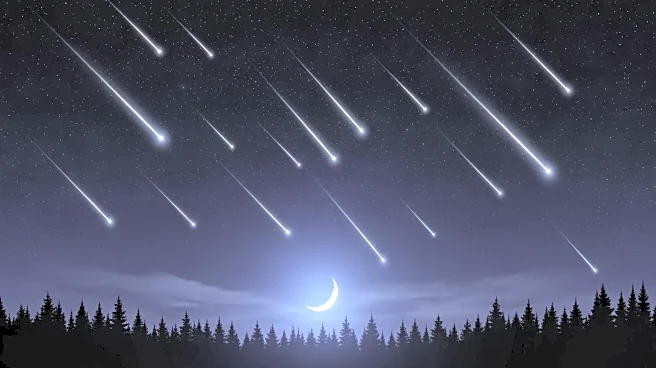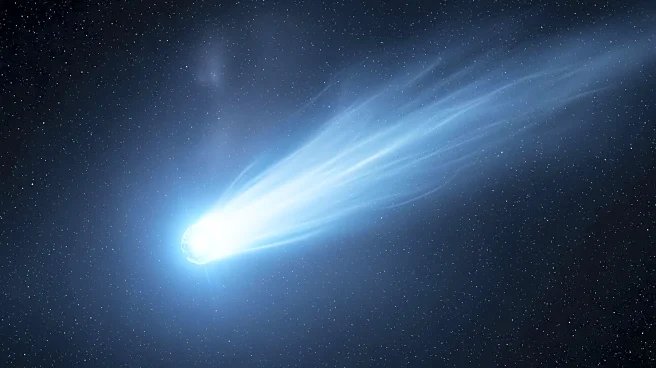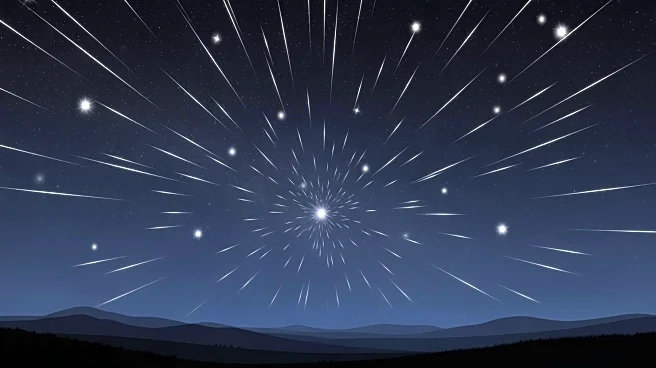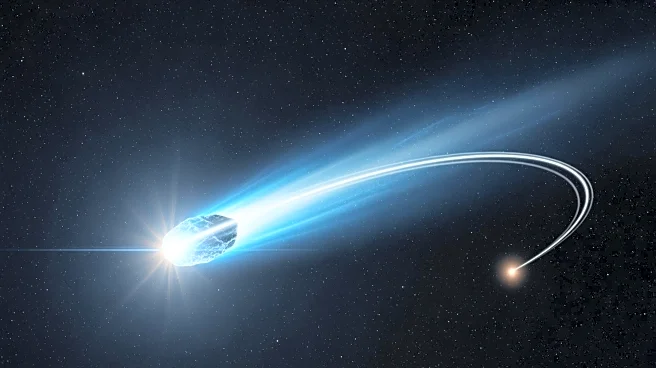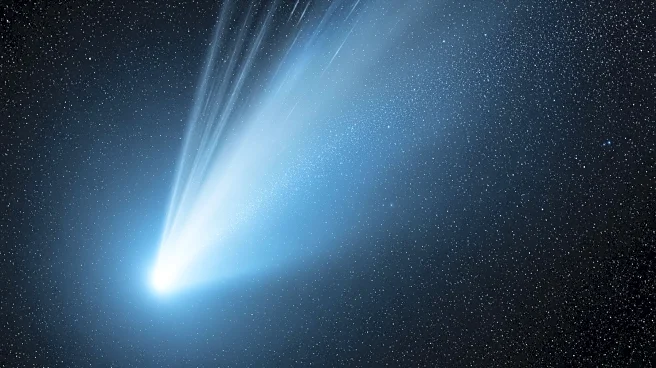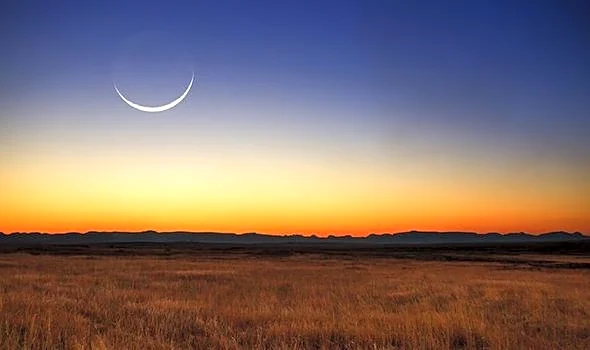What's Happening?
NASA has released its skywatching tips for November 2025, highlighting several celestial events. On November 12, Mars and Mercury will appear close together in the night sky, a phenomenon known as a conjunction.
Despite being over 100 million miles apart, they will seem adjacent from Earth. Mars can be identified by its reddish-orange color. Additionally, the Leonid meteor shower will peak between November 16 and 18, offering a chance to see 10-15 meteors per hour under dark skies. This shower occurs as Earth passes through debris from comet 55P/Tempel-Tuttle. Another notable event is the temporary disappearance of Saturn's rings on November 23. Due to Saturn's orbital tilt, its rings will align edge-on from Earth's perspective, making them invisible. However, they will gradually become visible again as Saturn continues its orbit.
Why It's Important?
These skywatching events provide opportunities for both amateur and professional astronomers to observe and study celestial phenomena. The Mars-Mercury conjunction offers a chance to understand planetary movements and alignments. The Leonid meteor shower is significant for studying cometary debris and its interaction with Earth's atmosphere. Observing Saturn's rings disappearing can enhance understanding of planetary ring dynamics and orbital mechanics. These events also serve to engage the public with astronomy, fostering interest and education in space sciences. Such engagement is crucial for inspiring future generations of scientists and maintaining public support for space exploration initiatives.
What's Next?
Following these events, astronomers and enthusiasts will continue to monitor the skies for upcoming celestial occurrences. NASA will likely provide further updates and educational resources to help the public engage with these phenomena. Observatories and space agencies may conduct studies to gather data on the effects of these events, particularly the dynamics of Saturn's rings. Public interest in astronomy may lead to increased participation in skywatching activities and educational programs. Additionally, these events may inspire new research projects and collaborations within the scientific community.
Beyond the Headlines
The disappearance of Saturn's rings highlights the dynamic nature of planetary systems and the importance of understanding orbital mechanics. This event can lead to discussions on the long-term evolution of planetary rings and their potential impact on satellite systems. The Leonid meteor shower provides insights into the composition and behavior of cometary debris, which can inform studies on the origins of the solar system. These events also underscore the importance of preserving dark skies for astronomical observations, raising awareness about light pollution and its impact on scientific research.



